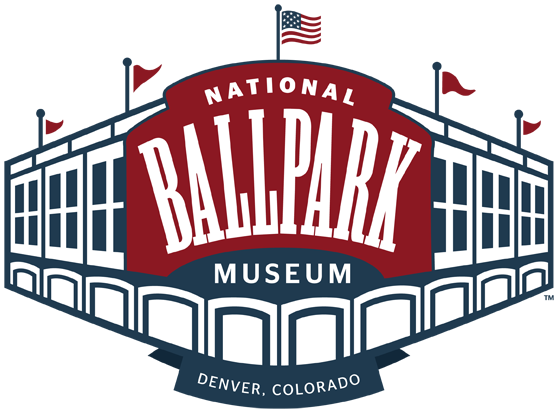The Gem at 1720 Bedford Avenue (Brooklyn, New York)
There is an authenticated Ebbets Field stadium seat located in the National Ballpark Museum in Denver that offers a significant historical reference as most any memorabilia one could find. The museum is located about one hundred yards from Coors Field (home of the Colorado Rockies) and is home to an extraordinary collection of artifacts from a bygone era of major league baseball. The very seat on display at the museum once provided unique purview to extraordinary performances and significant events within Ebbets Field.
The former major league baseball occupants of Ebbets Field are long gone from the venue, 2,800 miles and sixty-two major league campaigns to be exact. But for those that called the Dodgers “their team”, the distress of their departure to Los Angeles remains as intense today as it did at the end of the 1957 season. The pain has transcended generations, to the extent that those born decades after the team left, feel the hurt that was passed on to them by family members before them. Not even two world championships won by the New York Mets (a team supposedly added to the National League to help fill the collective broken hearts of New York Giants and Brooklyn Dodger fans) could ease the sense of loss.
Ebbets Field’s exterior design was not particularly unique in its architecture. It featured the traditional use of brick material that adorned the full height of the park and accentuated the street level awnings and main entrances. The inside of the park featured the traditional wooden seats and bleachers that were present in all parks of that era. The outfield walls were an eclectic collection of various national and regional advertisements. Most prominent among them was that of Abe Stark, Brooklyn’s leading clothier. Stark advertised that if a ball hit his sign on the fly, the batter would win a suit. The trajectory required to do so was felt to be impossible. Abe was no fool, he advertised in that spot for nearly three decades and purportedly never gave up a suit.
Brooklyn’s fan base was a fascinating collection of patrons. Most attendees arrived by trolley or walked to the park from nearby neighborhoods, typical of so many parks built between 1910 and 1920. In the tight city blocks in which most baseball venues were situated, little space was available for the parking of the recently introduced automobile. Once inside the park, and in their seats, fans were treated to a celebratory gathering that included the Dodgers “sym-phony” band (a black coat and tail cast playing drums, horns and clanging cymbals). An extraordinary fan, Hilda Chester, kept things lively by roaming the stadium confines ringing her cowbell. The band and Ms. Chester kept the atmosphere energized, especially during the toughest of Dodger years.
Although a subjective opinion, Ebbets Field was “home field” to more of the greatest players of all-time than perhaps only Yankee Stadium and Sportsman’s Park (home of the Cardinals). Of the many great athletes who graced the playing surface, perhaps none was as transformational to major league baseball, and arguably organized sports as a whole, than Jack Roosevelt Robinson. He strode to first base in Ebbets Field on April 15, 1947 as the first African American to play major league baseball. That much overdue, and highly controversial event, would change the diversity make-up of America’s national pastime forever, and for the better.
The Dodgers were long in their occupancy of the park in Brooklyn, but not necessarily long on success. If success is measured by world championships won, they achieved that only one time (1955), just two campaigns before their departure to the west coast. They had no problem winning pennants, it was the World Series that caused them challenges. In all, Ebbets Field hosted nine World Series, losing eight of them. The Dodgers faced the New York Yankees seven times during their Brooklyn tenure, losing six of the seven contests. Perhaps their fate was sealed when for a short time in the 1880’s and 1890’s they were called the Brooklyn Bridesmaids.
Whether it is a stadium seat (and there are many on display at the National Ballpark Museum), or other artifacts and memorabilia, that allow you to go back in time and ask the questions “what must it have been like to attend a game at one of the original parks?”, “what incredible moments would the lucky game time seat holder of this seat have seen?”. We may never know the true answer to those questions, but you will not regret scheduling a visit to this fascinating museum and wondering about this bygone era of baseball.


I still have the feel of the seats w/in me, a true lifelong baseball fan, & former semi-pro player. To this day, I still vividly hear & feel in my bones the approaching roar of the stadium as a kid. The memories. Baseball was implanted early in me by my father. I vividly recall my father, w/his gorilla size paw holding my small hand as we walked up the stadium ramp. I stood there Mplay. But, the game really is Ours. Believing that, my father & I spotted our seats. Sat down, though it was a bit difficult as an… Read more »
[…] Read our ‘Stadium Seat Spiel’ Article on Ebbets Field […]